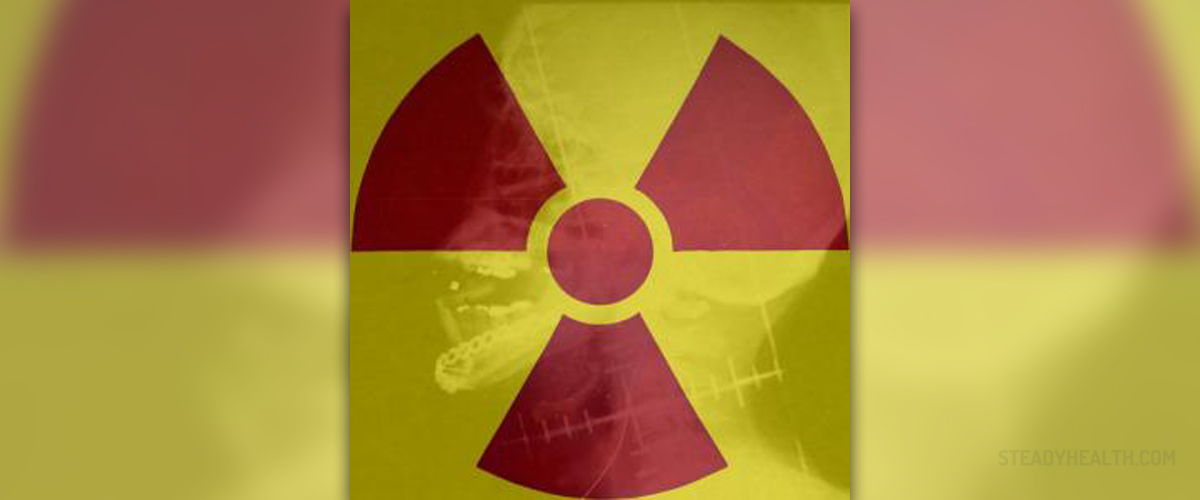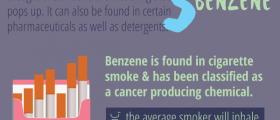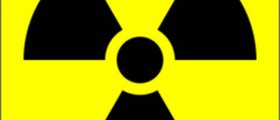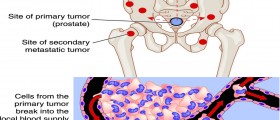
Living in the United States carries some serious risks for some of citizens. Soil upon which houses are built contains certain levels of uranium. In the process of uranium decomposition, the poisonous gas known as radon is being released. Some regions are more affected then the others.
What is radon?
Radon is a completely natural gas, produced in the process of uranium decay. Concentrations of radon are much higher in the areas where the soil is plentiful with uranium. Each radon atom goes through a set of complex changes and eventually becomes a lead atom. Radon is most dangerous in a gas form because it has no smell and no color, and it is practically imperceptible, but yet it is poisonous. Being a noble gas, it is capable to form many chemical bonds that attach it, and it may travel so far to reach the groundwater or the air humans breathe.
Health risks associated with radon
Radon is a radioactive gas. Any exposure to radon increases the risk of lung cancer. Scientific studies reveal that about 14.000 deaths in the US can be attributed to radon. However, the number may be even higher, because it is extremely hard to estimate the real sources of environmental poisoning. National Safety council claims that as much as 30,000 deaths each year are linked to radon exposure. Inhaled radon disintegrates in human lungs and becomes polonium metal. Polonium settles in human lungs and emits radioactive particles. Combined with other health risks associated with lung cancer, such as smoking for example, it almost certainly leads to fatal income.
Where are we exposed to radon?
Radon is a noble gas. Normally, it is not dangerous in the open air or in the rivers or lakes. Concentrations of this gas are reasonably low in the open spaces. However, high levels of radon are present in houses, schools, other buildings and well water. Basement and first floor rooms are at a higher risk, because radon enters our homes trough small gaps in the concrete, floor, drains, loose fitting pipes etc.
Measuring levels in home
A general recommendation is that all homes should be tested for radon. There is no other way to be sure it is not present in the building. A lot of professional testing services or “do it yourself” kits are available. Testing each three months is advisable because levels of radon may vary from season to season. Critical level of radon is 4.0 pCi/L and it requires immediate corrective measures. Readings in at least three US counties show that a majority of population lives in houses with radon levels higher than 4.0 pCi/L. This goes for New Heaven County, Douglas County and Marquette County (CT, NE, MI, respectively).

















Your thoughts on this
Loading...